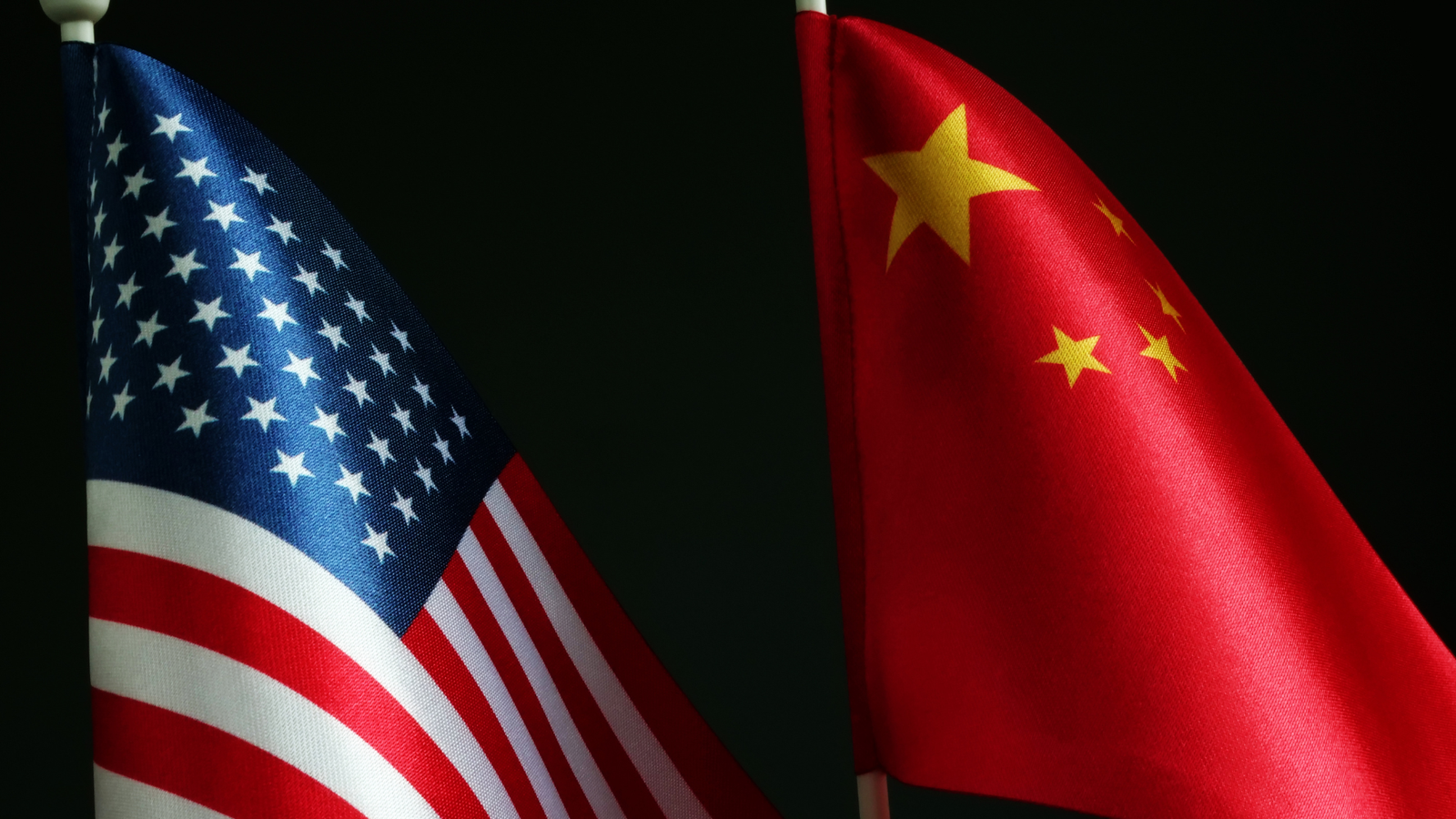
China’s AI Surge: Challenging America’s Global Tech Dominance
China is Rapidly Eroding America's Lead in the Global AI Race
The global race for AI leadership is accelerating. Recent reports indicate that Chinese AI giants like DeepSeek, Alibaba, Tencent, Baidu, Zhipu AI, and 01.AI are no longer catching up, but moving ahead—most notably in emerging markets across Asia, Africa, the Middle East, and parts of Europe.
What Fuels China's Momentum Towards AI?
Multiple elements are powering China's rise:
Easily accessible, inexpensive products: Chinese companies are putting out their own open-source, less expensive models (e.g., DeepSeek-R1, Alibaba’s Qwen) that are easier and cheaper for users around the world to embrace.
Government supported funding: Given state-backed funding (with public recognition) to an unprecedented scale for start-ups (Zhipu AI has raised $1.4B) and state backing, progress is accelerating in China
Efficient innovation on limited hardware: Companies like 01.AI and DeepSeek have shown that they can produce, use fewer GPUs, and run on lower tiers of chips to be able to achieve models that scare U.S. competitors.
Why the U.S. Still Matters
While China is booming, the U.S. is a heavyweight in AI for a handful of reasons:
Unmatched Compute Power: The U.S. has ~75% of the world’s AI compute power vs. China’s ~15%.
Leading Research: U.S. labs are always at the forefront on frontier models, new algorithms, and impactful scientific papers.
Talent: The top universities continue to pump out great talent, and there is a healthy draw to the industry, although China is quickly growing its STEM workforce.
The Global Ripple Effects
Emerging Markets Choose China: Organizations in the Middle East, Africa, and Southeast Asia are increasingly leaning on Chinese AI—often due to cost and ease—while U.S. tech firms focus on high-end innovation .
Geopolitical Implications: The rising influence of China’s open-source AI models is sparking concerns over data security, censorship, and technical sovereignty
Global South’s Role: Developing nations are actively shaping AI application and governance, choosing between Western and Chinese technological models
What This Means for the AI Future
Commercial vs. Sovereign Tech Race: Chinese AI excels in accessible solutions, while the U.S. pushes frontier breakthroughs. Both approaches are influencing global norms.
Policy & Standards Clash: Diverging AI philosophies are leading to fragmented regulations. China prioritizes rapid deployment and state oversight, whereas the U.S. emphasizes innovation and oversight.
Collaboration Remains Vital: Studies show U.S.–China AI partnerships yield highly impactful results—cooperation could be more effective than competition.
China is decisively closing the AI gap through strategic investments, open‑source agility, and real-world deployments. The U.S. still leads in compute muscle and scientific innovation. But the future of AI won’t be just about who gets there first—it will be about how nations collaborate, regulate, and democratize AI, ensuring it benefits people everywhere.
At Skill Bloomer, we’re tracking this global shift to help you understand where AI is heading—and what this means for careers, businesses, and technology worldwide
